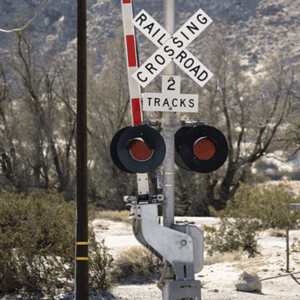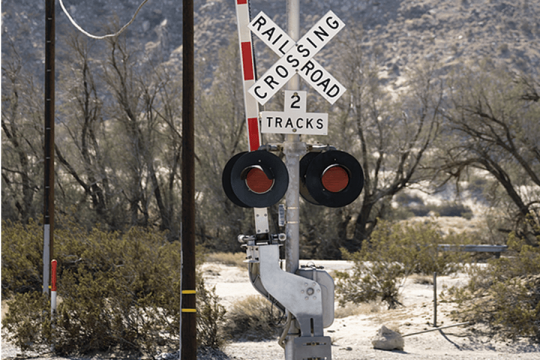
Meet your network
May 26, 2022
Grammar gotchas
May 12, 2022
Get ready to wrestle with writer’s block
April 25, 2022
Stop, look, and listen
February 23, 2022Stop, look, and listen

Point Of View (POV) is not essential. Nor is it automatic.
A police blotter or military log describes events that occurred in town or around the base. The duty officer who records the events might not have witnessed or participated in any of the events. Such logs are records, not stories.
Flight recorders capture data from systems and record voices unfiltered. It’s automatic; done in a judgement-free electronic way, with no POV.

When writing fiction, authors can use POV to further the reader’s emotional involvement. It’s a story. How many people would read it if they had no interest in the characters?
Stop to experience the POV
For the sake of most readers, authors present their stories through one or more POV.
They may have fascinating events, beautiful descriptions, and crisp dialog in mind, but before writing any of that, they STOP.

More narrative takes the third person. Even then, with dialog attributed to a he, she, or it, the character’s perspective controls the reader’s experience.
Look from that perspective
Begin from within the character. Set aside any notes or character studies you may have developed. Those influence but will not control the POV character’s current intentions.
What just happened that caused this character to feel this way? It still isn’t time to write. Instead, immerse yourself in wants, needs, and sensory experiences from a POV.

Before picking up that #2 pencil or clicking keys on that keyboard, let your POV character provide insight on any other characters in that scene. What, from that POV, do the other characters seem to want, need, and experience?
Listen for what's ahead
Any character with more than a walk-on part in your story will have a story arc. That arc may be a fairly straight line but it will have a beginning, middle, and end. Where is each character now, in their arcs?
Your POV character may have to reflect on another character’s backstory. That requires telling, but if you can devise a way to show each character’s place in their story arc, that’s ideal.
A quick practice exercise in writing from a POV is in the blog post, Get ready to wrestle with Writer’s Block.
